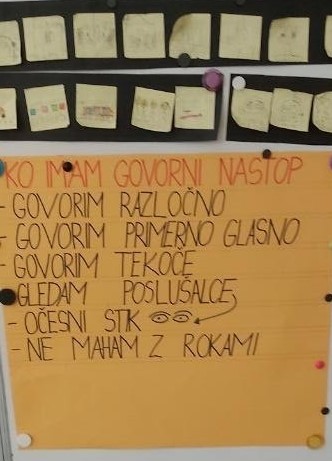
Tools
- White sheets
- Pencil
- Markers
- Post-it

Steps
- The facilitator starts the activity by asking participants to sit in groups. The groups should be formed by people working in the same team.
- The facilitator asks participants to develop story #1: The Current Experience.
- Introducing the activity, the faciltator might say, “This storyboard should be inspired by your teamwork experience, including insights, quotes, moments, actions, successes and disruptions. This story should portray a vivid picture of what your team is experiencing today and should include details about what the characters are thinking, feeling and doing during this time.”
- The facilitator then asks participants to develop story #2: The New Vision Experience. This storyboard is the participants’ opportunity to imagine what the ideal team experience should be, by telling a story using the same characters as story #1. Participants should maintain coherence between both stories, as this will allow them to perceive how challenges in The Current Experience are being addressed in the New Vision Experience.
- The facilitator asks participants to share the storyboards with the larger group, promoting reflection and discussion about the activity.

Tips
- The facilitator must have an active role at the beginning of the activity, by introducing its goal and rules.
- If participants aren’t comfortable with drawing the facilitator should provide them with magazines and propose that they use a collage instead of drawing for the storyboard.
- The ideal material to use is post-its as it makes it easier to move them around and re-arrange frames on a board as needed.
- At the end of the activity, the facilitator can complete the session with a group discussion and give space to any participant that wants to share what they liked most and least, as well as what they learn and be more aware of this experience.

An example developed by Slovenian teachers